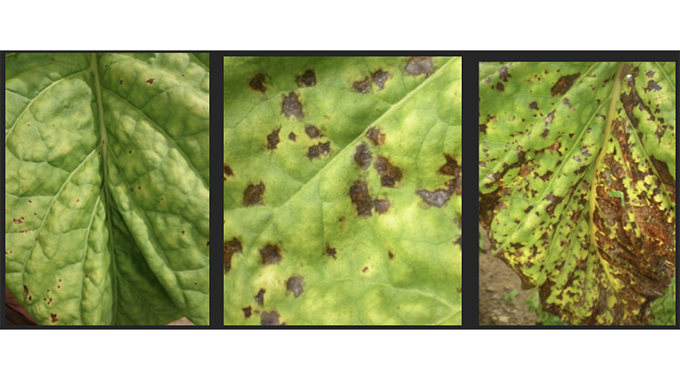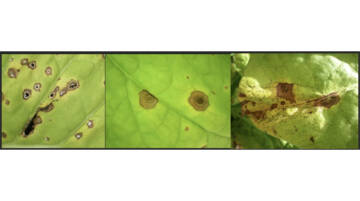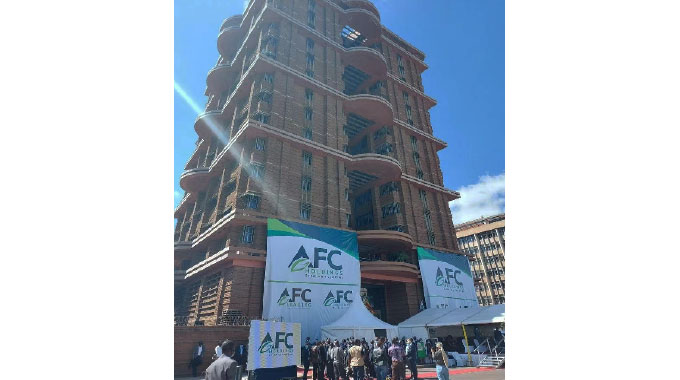Control tobacco foliar disease for improved yield – TRB

Edgar Vhera
Agriculture Specialist writer
THE Tobacco Research Board (TRB) has called farmers to effectively control pests and diseases as they reduce yield and quality of the crop.
The call comes as rains continue to pound most tobacco growing areas, thereby presenting an ideal habitat for pest and disease build up.
In the statement TRB said their tobacco varieties had a yield potential ranging from three and a half to five tonnes per hectare.
Statistics from Tobacco Industry and Marketing Board (TIMB) show that over the period 2017 to 2021 the average national yield was 1,7 tonnes per hectare, a figure well below the optimal.
The statement revealed that the attainment of variety’s yield potential was dependent on best management practices together with timeous and effective management of pests and diseases.
“If not properly managed pests and diseases can drastically reduce yield and quality of tobacco. Angular Leaf Spot (ALS), Frogeye, and Alternaria Leaf Spot are the key foliar diseases of major concern in Zimbabwe,” said the statement.
Angular leaf spot is a bacterial leaf disease prevalent in wet seasons with detrimental effect on the quality of the tobacco leaf.
TRB said cool to warm wet weather favoured the spread of the disease with high incidence of damage this season. This may be attributed to high moisture conditions currently prevailing in most tobacco growing areas.
“The disease is also favoured by excessive fertility, particularly with high nitrogen (N) and low potassium (K) fertilisation. The use of excessive amounts of lime, which interferes with K uptake, can also increase disease severity. Hail storm damage injures tobacco leaves creating entry points for the bacteria which leads to the disease increasing in severity,” said the statement.
“To manage angular leaf spot in tobacco fields, two foliar sprays of acibenzolar-S-methyl (Bion 50 WG), which is a plant immune booster, at five to six and eight to nine weeks after planting at the rate of 60 grammes product in 200 litres of water per hectare are recommended.
“For maximum benefit it is important to apply Bion preventatively on actively growing plants at these recommended times,” added the statement.
The statement further said apart from ALS, Frogeye and Alternaria leaf spot are foliar fungal diseases affecting tobacco in the seedbed as well as in field.
“The latter two diseases are treated by a group of fungicides collectively known as strobilurins. Kresoxim-methyl, azoxystrobin, fluoxastrobin and trifloxystrobin are the four strobilurins used on tobacco in Zimbabwe,” continued the statement.

Frogeye (Extreme left) and Alternaria Leaf Spot (Middle and Right)
Current market dictates require sustainable production of tobacco under strict phytosanitary controls which necessitated the country to drop the use of benomyl in the management of frogeye. Benomyl had adverse effects on human health.
For the just ended season the country produced 212 million kilogrammes of tobacco worth more than US$650 million. Government is undertaking crop assessment to establish the estimated output and preparedness of tobacco growers for the opening of the 2023 marketing season.
About 230 million kilogrammes of tobacco are expected this marketing season.










Comments